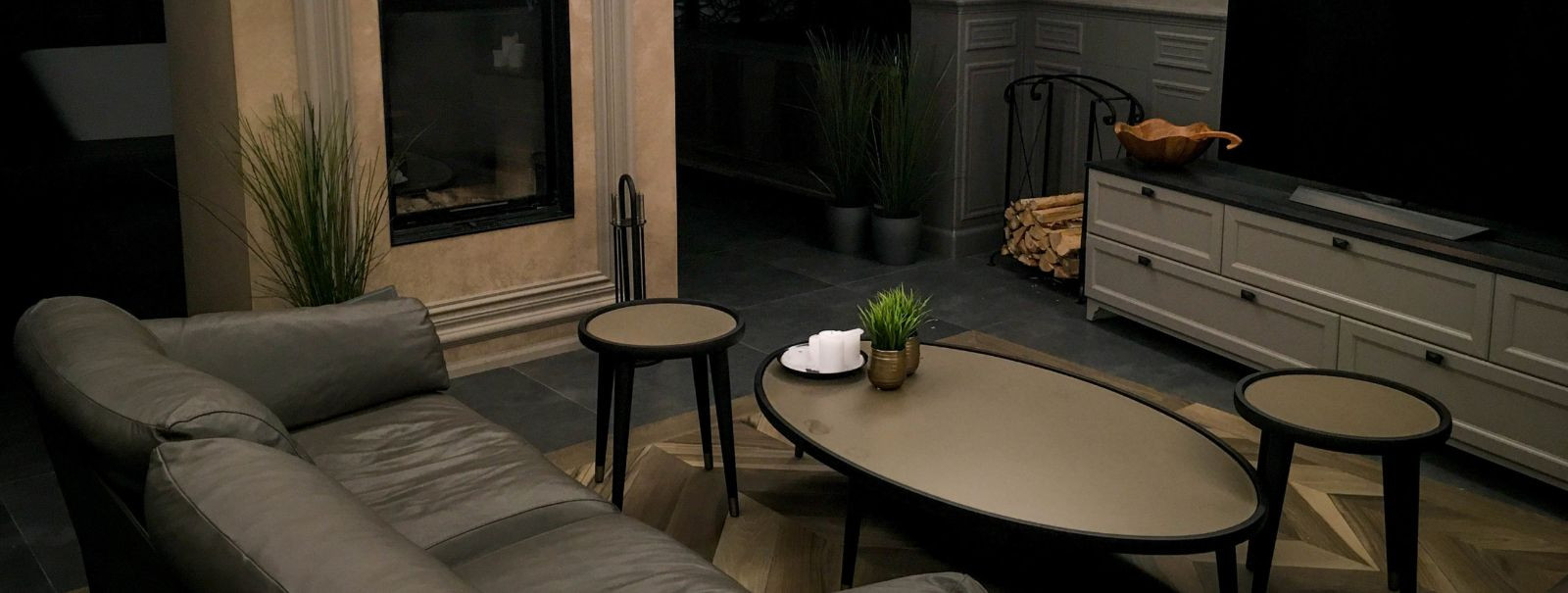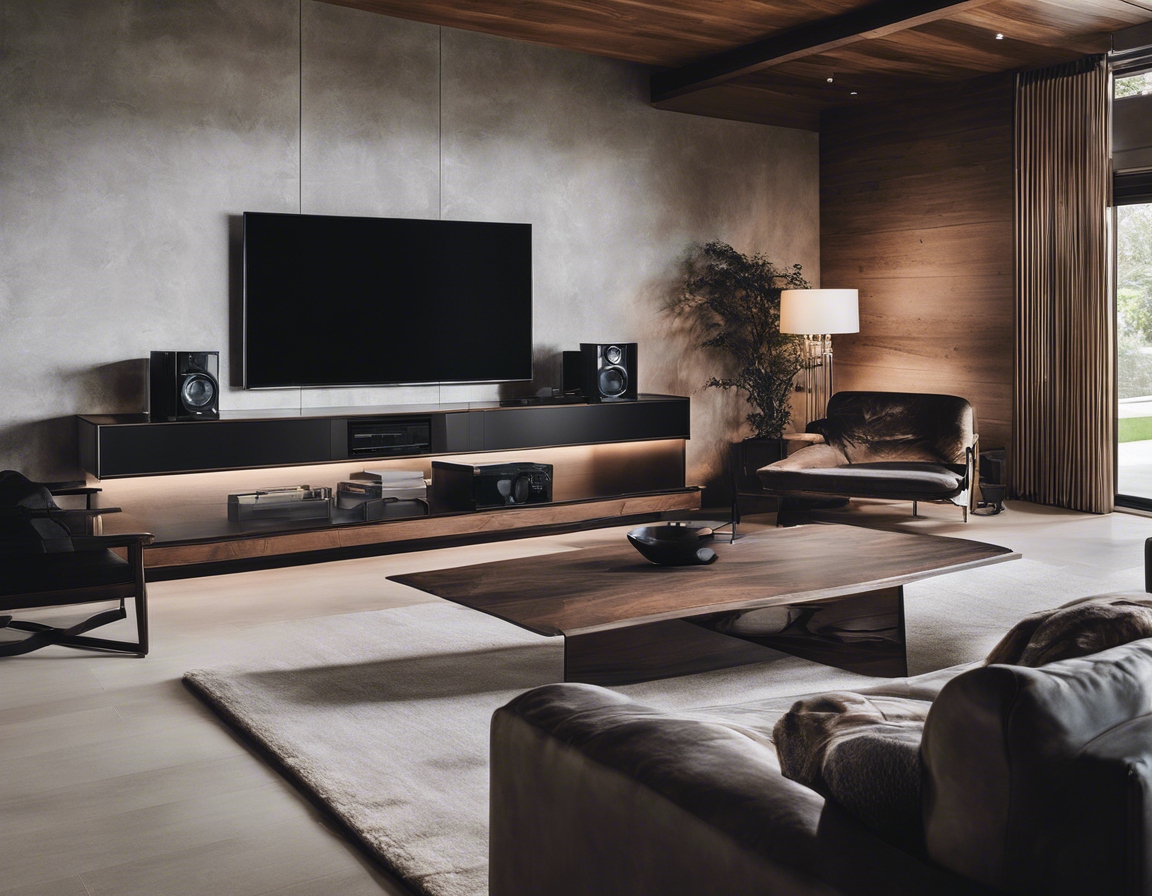Maximizing your space: the art of ergonomic design
Ergonomics is the scientific discipline concerned with understanding human interactions with other elements of a system, and the profession that applies theory, principles, data, and methods to design in order to optimize human well-being and overall system performance. In the context of interior design, ergonomics focuses on creating spaces that conform to the user, rather than forcing the user to conform to the space.
As we evolve in our understanding of the human body and its needs, the importance of ergonomic design in living and working environments has become paramount. It's not just about aesthetics; it's about creating spaces that are both functional and conducive to health and productivity. For our discerning clientele, who value both luxury and practicality, ergonomic design is the bridge that connects these elements.
The Principles of Ergonomic Design
At the core of ergonomic design lies the pursuit of comfort and efficiency. Furniture and spaces are tailored to the user's body, reducing strain and fatigue. This principle ensures that every element within a space is positioned and designed for optimal use and comfort.
Spaces must be flexible and easily adaptable to accommodate the changing needs of users. This is particularly important in multi-functional areas where activities vary throughout the day.
Designing with ergonomics in mind also means prioritizing safety and wellness. This involves selecting materials that are non-toxic and designing layouts that minimize the risk of accidents.
Ergonomic Design in Residential Spaces
For residential spaces, ergonomic design enhances the livability and comfort of living areas. Furniture is selected not only for its aesthetic appeal but also for its support and ease of use.
The kitchen, often referred to as the heart of the home, benefits greatly from ergonomic considerations. From the height of countertops to the placement of appliances, every detail is considered to ensure ease of movement and use.
Ergonomic design in bedrooms and bathrooms focuses on creating a restful and rejuvenating environment. This includes everything from the height of the bed to the design of the shower.
Ergonomic Design in Corporate Environments
Innovative office spaces that prioritize ergonomic design can lead to increased productivity and employee satisfaction. Desks, chairs, and workstations are designed to reduce discomfort and promote health.
Meeting and conference rooms are designed to facilitate communication and comfort, with furniture and technology positioned to enhance interaction without sacrificing ergonomic principles.
Common areas, such as break rooms and lounges, are designed with employee wellness in mind, offering spaces that are both relaxing and invigorating.
Ergonomic Design in the Hospitality Industry
The hospitality industry benefits from ergonomic design by creating welcoming and efficient lobbies and reception areas that cater to the needs of guests.
Guest rooms and suites are designed with the comfort and well-being of travelers in mind, ensuring a restful stay through thoughtful ergonomic touches.
Dining and entertainment spaces that follow ergonomic principles offer guests an enjoyable experience that encourages them to return.
Integrating Technology with Ergonomic Design
The integration of technology into ergonomic design has led to the rise of smart homes and offices, where convenience and comfort are enhanced through innovative solutions.
Advanced ergonomic furniture, such as adjustable desks and chairs with lumbar support, play a crucial role in modern ergonomic design, offering personalized comfort to users.
Lighting and acoustics are also integral to ergonomic design, with systems designed to reduce glare and noise, thereby creating environments that are both visually and acoustically comfortable.






Comments (0)